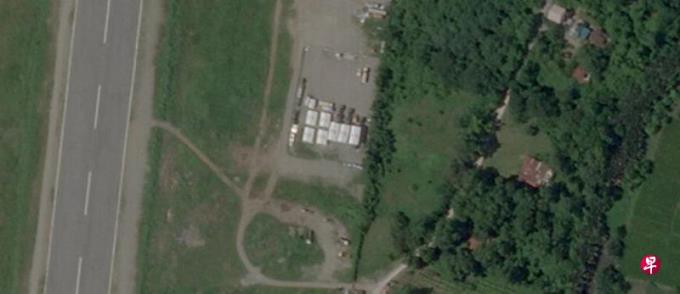
(Manila Road transparent) The United States seems to deploy the "Difeng" medium -range missile system in the northern part of the Philippines on the grounds of military training.Sources disclosed that although China has clearly opposed the United States' deployment system in the Philippines, the United States has not planned to immediately remove the "Difeng" missile system.
In April this year, the U.S. military deployed the latest type of land -based "Typhon Weapons System" in the northern part of Luzon Island, Philippines as a military exercise with the Philippines.This missile system can be equipped with a "standard 6" supersonic missile with a range of 450 kilometers, and the "Tomahawk" cruise missile with a maximum range of more than 1,600 kilometers is enough to fight the targets of China.
The "Balikatan" military exercise held from April 22nd to May 10th this year, soldiers of the two countries have trained this missile system.According to the plan, the system should evacuate the Philippines by September.
China and Russia have condemned the United States to deploy the mid -to -hand system in the Indo -Pacific region, accusing Washington's arms arms.
Foreign Ministry spokesman Lin Jian, on Thursday (September 19), expressed serious concerns about Reuters' reports at a regular press conference.He said that in the deployment of the United States, the guidance system in the Philippines "seriously opened history reversing, seriously threatened regional national security, and severely exacerbated geographical confrontation."China requires the United States to "correct the wrong approach as soon as possible, stop provoking military confrontation, and withdraw the central guidance system as soon as possible in accordance with the previous public promises."
Reuters has previously quoted a senior government official in the Philippines and another person familiar with the inside story reported that the United States and the Philippines are testing the feasibility of using "Di Feng" when conflicting.Work performance.
The government official of the Philippine government said that "Difeng" is a modular system that can be moved as needed. The United States currently deploy it in the Philippines in order to "test the feasibility deployment in the Philippines so that it can be easy to be easily when needed.Deploy here. "
Observation: The strength of the United States and the Philippines should show the strength when the South China Sea or Taiwan is upgraded.
Reuters looked at the satellite image taken on Wednesday (18th) of the commercial earth imaging company "Planetary Lab" and found that "Difeng" is currently deployed at Lavag International Airport in North Ilogo.
Laoag, the southernmost tip of Taiwan in the northern Ilogo Province, is only 408 kilometers.Some observers pointed out that the deployment of the Mi -Philippines where the system was deployed there was to show the strength that the Philippines could show when the US -Philippine issue was upgraded when the issue of the South China Sea or Taiwan was upgraded.
Philippine government officials said there is no plan to withdraw the missile system."If you really want to withdraw, it is because the goal has been achieved. After completing all repair or construction, the system may be removed."
The official added that retaining the missile system has strategic value for the Philippines because the system can curb China."We want them not to sleep at night."
The Philippine military spokesman Dema Ala told Reuters that the joint military exercise is still underway, and how long will the missile system deploy in the Philippines, which is determined by the US Pacific Army.
The United States and the Philippines have repeatedly accused China of increasingly strong behavior in the South China Sea.In recent months, the conflict between the Philippines and China in the South China Sea has become more frequent.China has also repeatedly criticized the Philippine missile deployment and warned that this might bring huge war risks to the area.



